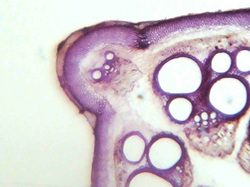 Van Leeuwenhoek did a lot with very little and if you look at the microscope that he used, you can have nothing but admiration for the patience that he must have had when observing and drawing what he saw. Microscopes are fairly commonplace these days, even in schools although they are expensive. They work by using a spherical lens to magnify objects up close with a second lens to magnify the image obtained. Surpisingly (or not) smartphones can be combined with small short focus spherical lenses to create a very simple yet remarkably effective microscope. The spherical lenses used in laser pointers are ideal for this and with a few bits of perspex, wood, a drill and some bolts and the desire to play around a bit, it is possible to construct the phone-microscope. (see http://www.instructables.com/id/10-Smartphone-to-digital-microscope-conversion/) I was really quite surprised by the quality of this very rudimentary array.
0 Comments
|
Gordon KennedyTrained as a chemist, worked in industry, fascinated by science. Archives
December 2017
Categories |

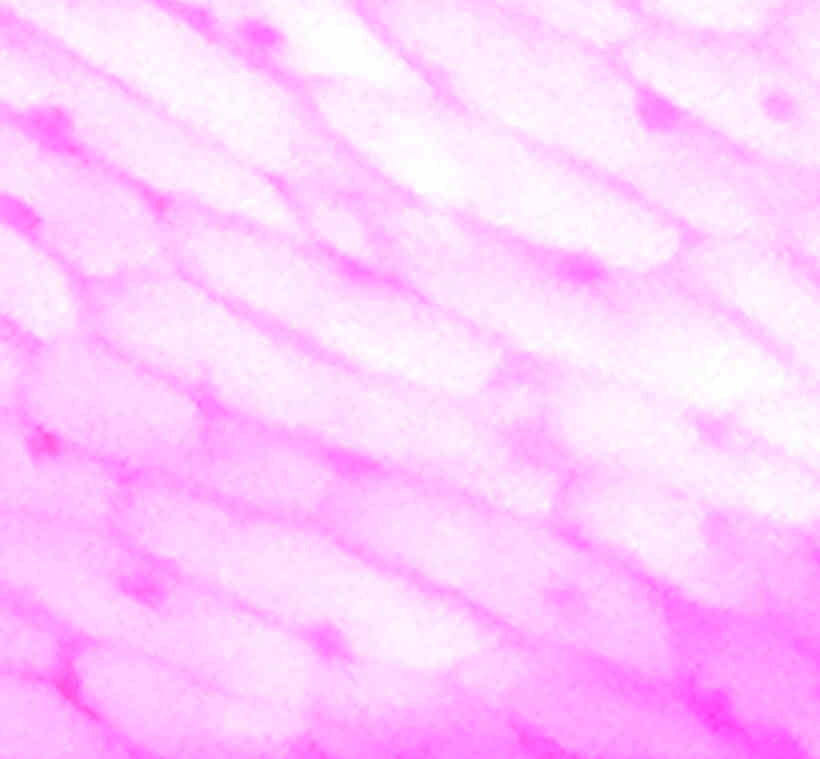
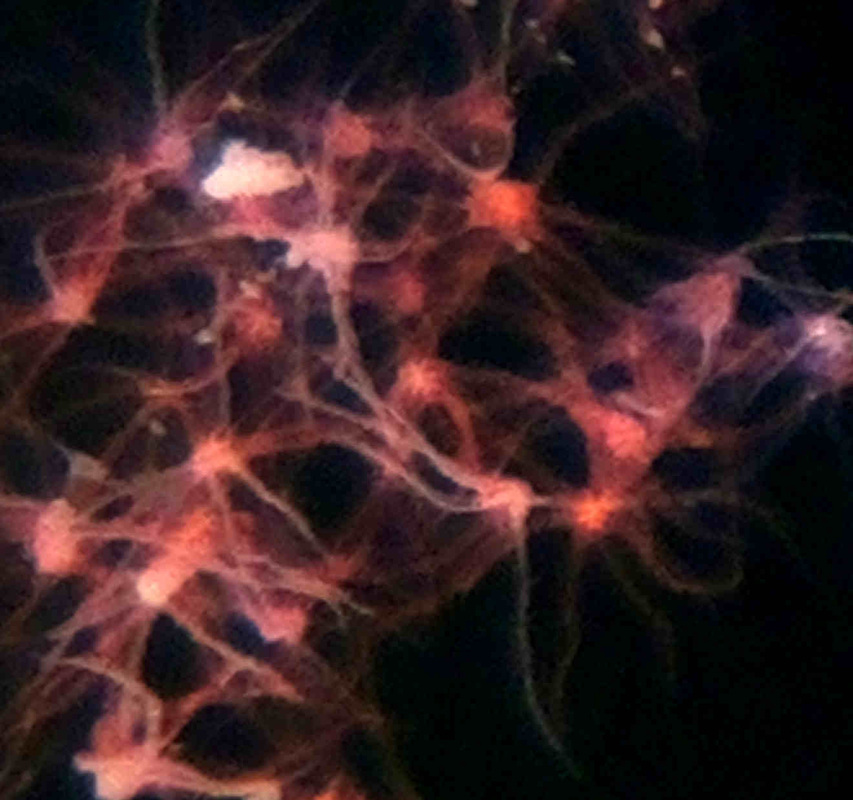
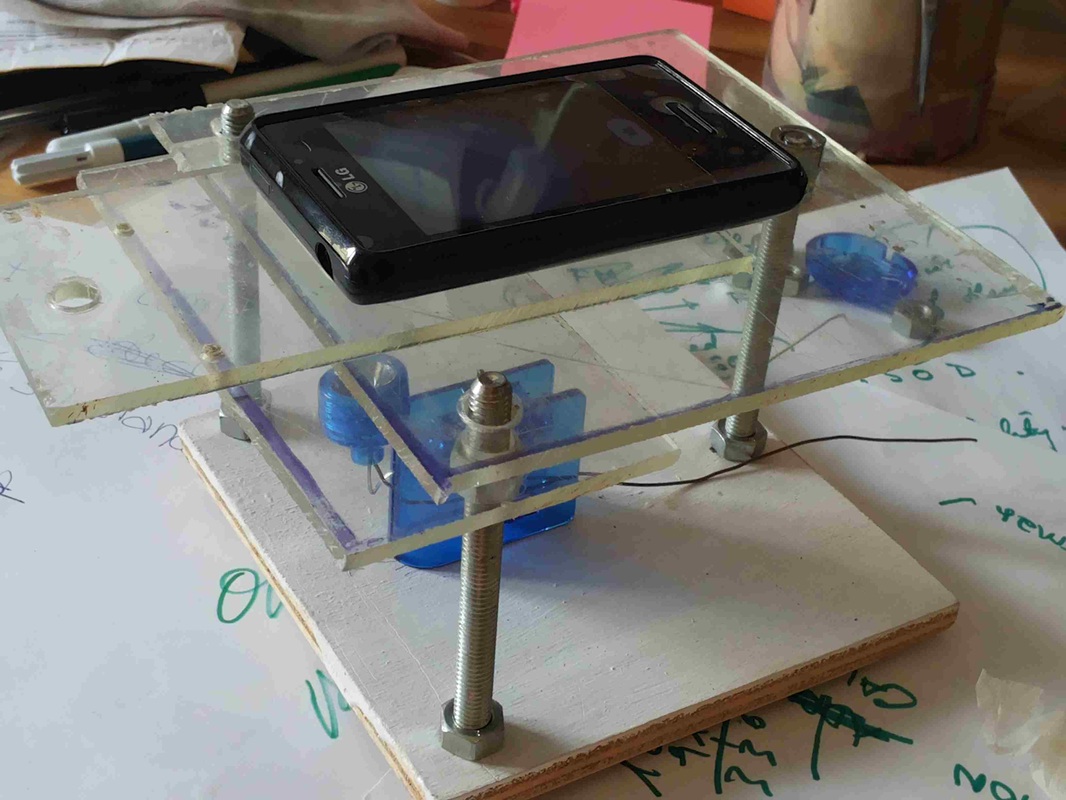
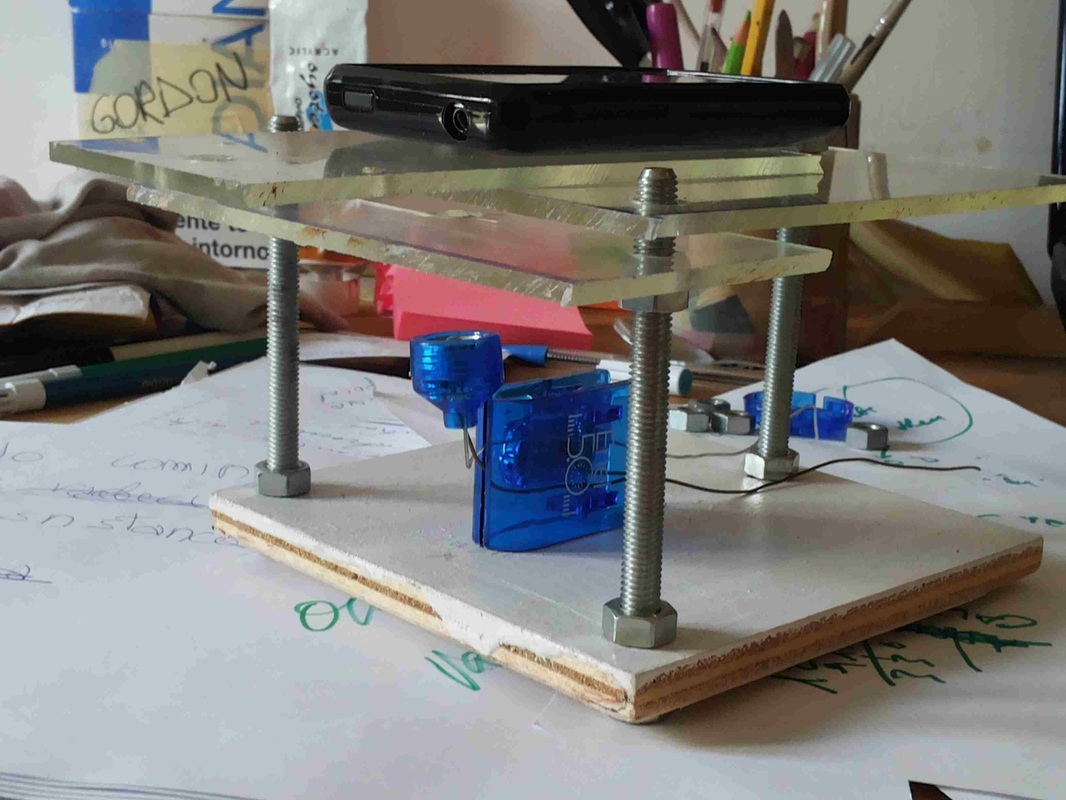
 RSS Feed
RSS Feed